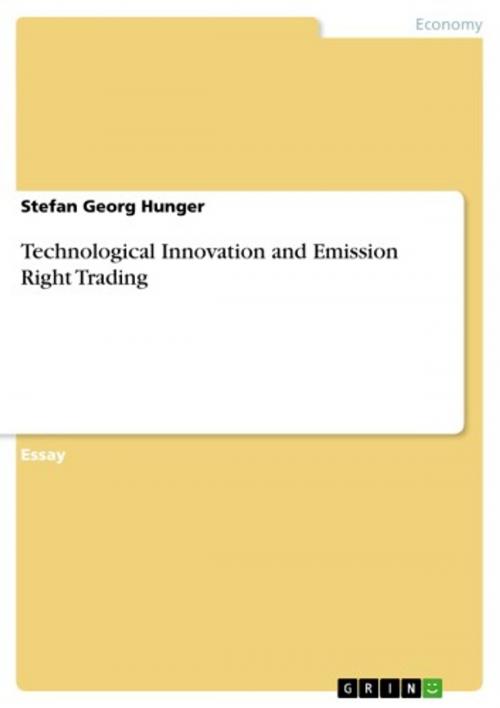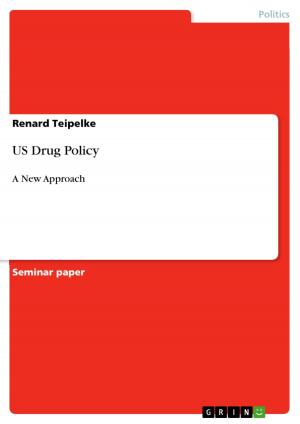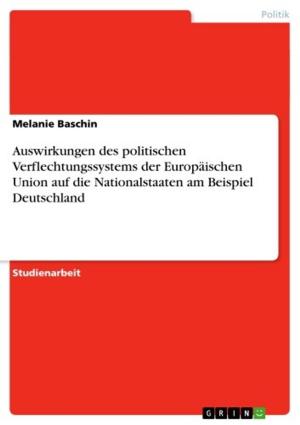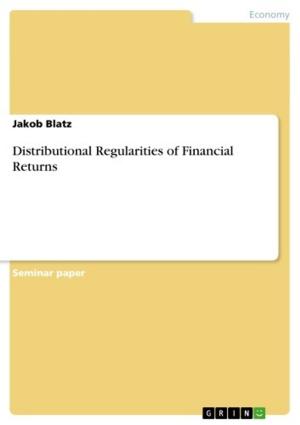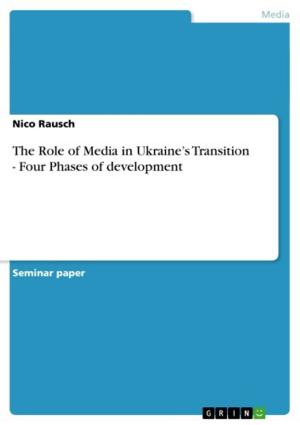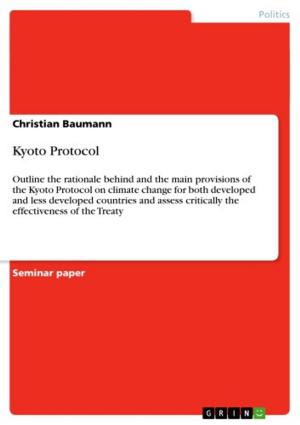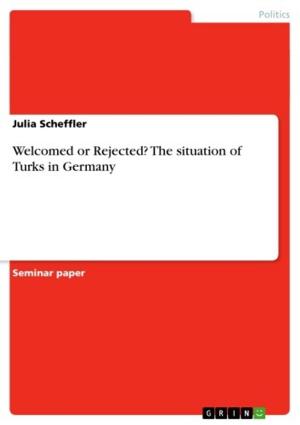Technological Innovation and Emission Right Trading
Business & Finance, Industries & Professions, Industries| Author: | Stefan Georg Hunger | ISBN: | 9783638423489 |
| Publisher: | GRIN Publishing | Publication: | October 3, 2005 |
| Imprint: | GRIN Publishing | Language: | English |
| Author: | Stefan Georg Hunger |
| ISBN: | 9783638423489 |
| Publisher: | GRIN Publishing |
| Publication: | October 3, 2005 |
| Imprint: | GRIN Publishing |
| Language: | English |
Essay from the year 2004 in the subject Business economics - Industrial Management, grade: Sehr Gut, University of Vienna (Fakultät für Wirtschaftswissenschaften), course: International Energy Management, 9 entries in the bibliography, language: English, abstract: In December 1997 more than 160 nations met in Kyoto, Japan, to negotiate binding limitations on certain greenhouse gases (primarily carbon dioxide) for the developed nations, pursuant to the objectives of the United Nations Framework Convention on Climate Change of 1992. The conference finally concluded with an international settlement, the Kyoto Protocol, in which the world's wealthier countries (defined in Annex I of the treaty) agreed on binding commitments to limit their greenhouse gas emissions by 5.2 %, relative to the levels emitted in 1990. Each of the participating developed countries is obliged to decide how to meet its respective reduction goal during a five-year period from 2008 to 2012 according to specific basic rules. All parties of the protocol are urged to foster partnerships in research and observation of climate science, impacts and response strategies. Furthermore, the agreement requires the signing countries to consider ways to minimize adverse effects on developing countries of these actions transmitted through trade. Anyway, the restrictions will lower global demand for carbon-emitting fuels, reducing their international prices. But on the other hand emission controls depressing economic activity in countries subject to emission restrictions might also lower these countries' demand for imports, some of which come from developing countries. In combination, these changes in trade volumes and prices can have complex consequences, harming some developing countries while benefiting others. The high potential costs of controlling pollutants by quantitative means have led to growing interest in many economic segments. For a global pollutant, such as carbon dioxide, a system of auctionable permits works in many ways like a carbon tax, although it is the total volume, rather than the marginal abatement cost, which is fixed. However, a permit scheme has various advantages, particularly if it allows for international trading. Unlike a carbon tax, permits can be saved for future use and thus, given that carbon is a long-lasting global pollutant, users retain a greater choice over the intertemporal path of consumption including the possibilities of a futures and options market. Furthermore, a major argument for a permit scheme is that potential international trading could allow extra cutbacks in pollution to be made in those countries, which have the lowest marginal abatement costs and sold to countries with higher marginal abatement costs.
Essay from the year 2004 in the subject Business economics - Industrial Management, grade: Sehr Gut, University of Vienna (Fakultät für Wirtschaftswissenschaften), course: International Energy Management, 9 entries in the bibliography, language: English, abstract: In December 1997 more than 160 nations met in Kyoto, Japan, to negotiate binding limitations on certain greenhouse gases (primarily carbon dioxide) for the developed nations, pursuant to the objectives of the United Nations Framework Convention on Climate Change of 1992. The conference finally concluded with an international settlement, the Kyoto Protocol, in which the world's wealthier countries (defined in Annex I of the treaty) agreed on binding commitments to limit their greenhouse gas emissions by 5.2 %, relative to the levels emitted in 1990. Each of the participating developed countries is obliged to decide how to meet its respective reduction goal during a five-year period from 2008 to 2012 according to specific basic rules. All parties of the protocol are urged to foster partnerships in research and observation of climate science, impacts and response strategies. Furthermore, the agreement requires the signing countries to consider ways to minimize adverse effects on developing countries of these actions transmitted through trade. Anyway, the restrictions will lower global demand for carbon-emitting fuels, reducing their international prices. But on the other hand emission controls depressing economic activity in countries subject to emission restrictions might also lower these countries' demand for imports, some of which come from developing countries. In combination, these changes in trade volumes and prices can have complex consequences, harming some developing countries while benefiting others. The high potential costs of controlling pollutants by quantitative means have led to growing interest in many economic segments. For a global pollutant, such as carbon dioxide, a system of auctionable permits works in many ways like a carbon tax, although it is the total volume, rather than the marginal abatement cost, which is fixed. However, a permit scheme has various advantages, particularly if it allows for international trading. Unlike a carbon tax, permits can be saved for future use and thus, given that carbon is a long-lasting global pollutant, users retain a greater choice over the intertemporal path of consumption including the possibilities of a futures and options market. Furthermore, a major argument for a permit scheme is that potential international trading could allow extra cutbacks in pollution to be made in those countries, which have the lowest marginal abatement costs and sold to countries with higher marginal abatement costs.
